Introduction to Blockchain: A Comprehensive Guide
What is Blockchain?
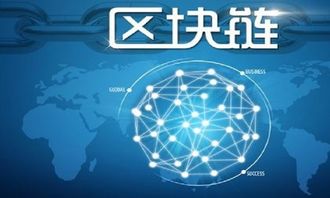
Blockchain is a revolutionary technology that has gained significant attention in recent years. It is essentially a decentralized digital ledger that records transactions across multiple computers so that the record cannot be altered retroactively without the alteration of all subsequent blocks and the consensus of the network.
How Does Blockchain Work?

The blockchain operates on a network of computers, known as nodes. These nodes validate and record transactions in a process called mining. Once a transaction is verified, it is added to a block, which is then linked to the previous block, forming a chain of blocks. This chain of blocks is what makes up the blockchain.
Key Features of Blockchain

Decentralization

One of the most significant features of blockchain is its decentralization. Unlike traditional banking systems, where transactions are recorded on a central server, blockchain records transactions on a decentralized network of computers.
Transparency
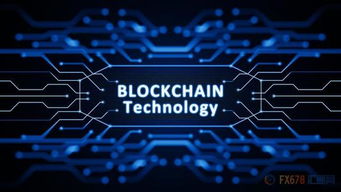
Blockchain is transparent, meaning that all transactions are visible to anyone on the network. This transparency helps to prevent fraud and ensures that all parties are aware of the transaction history.
Immutability
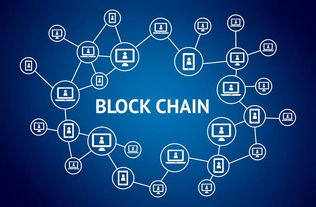
Once a transaction is added to the blockchain, it cannot be altered. This ensures the integrity of the data and makes blockchain a reliable source of information.
Security

Blockchain uses advanced cryptographic techniques to secure transactions. This makes it extremely difficult for hackers to compromise the system.
Applications of Blockchain
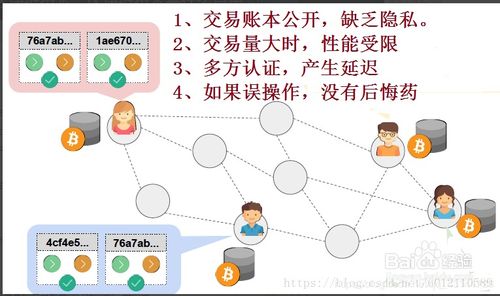
Blockchain technology has a wide range of applications across various industries. Some of the most notable applications include:
Finance
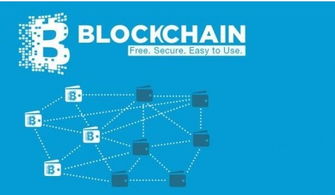
Blockchain is being used to create decentralized financial systems, such as cryptocurrencies. It is also being used to streamline traditional banking processes and reduce costs.
Supply Chain Management
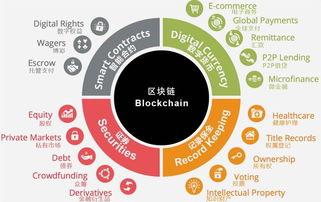
Blockchain can be used to track and verify the movement of goods and services throughout the supply chain. This helps to ensure the authenticity and quality of products.
Healthcare

Blockchain can be used to securely store and share patient records. It can also be used to track the distribution of pharmaceuticals and medical supplies.
Real Estate
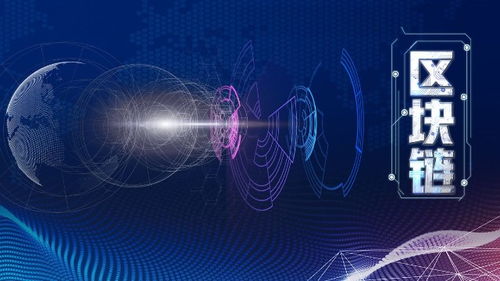
Blockchain can be used to streamline the process of buying and selling real estate. It can also be used to record property titles and deeds.
Challenges and Limitations of Blockchain

Despite its numerous benefits, blockchain technology also faces several challenges and limitations. Some of these include:
Scalability
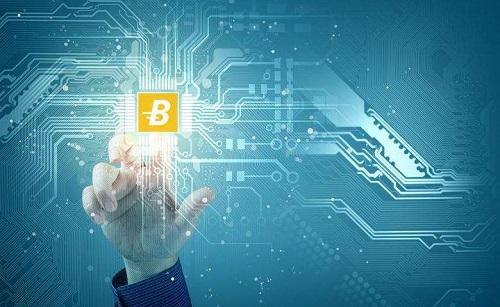
One of the biggest challenges facing blockchain is scalability. As the number of transactions increases, the network can become slower and more expensive to use.
Energy Consumption

Blockchain requires a significant amount of computing power, which consumes a lot of energy. This has raised concerns about the environmental impact of blockchain technology.
Regulatory Challenges

Blockchain technology is still relatively new, and regulatory frameworks are still being developed. This can create uncertainty and hinder the adoption of blockchain in certain industries.
Conclusion
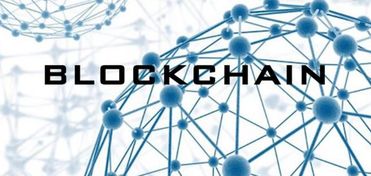
Blockchain is a powerful and transformative technology that has the potential to revolutionize various industries. While it faces several challenges, its benefits make it a technology worth watching. As the technology continues to evolve, it will be interesting to see how it will shape the future.
